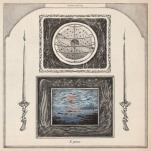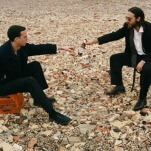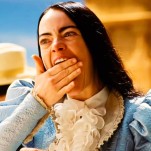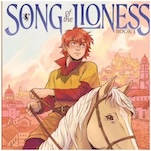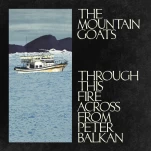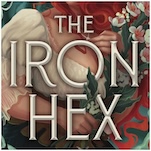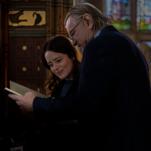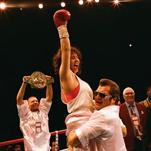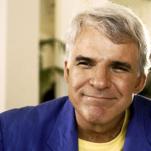The Bright Sword is a Radiant Reimagining of Arthurian Legend
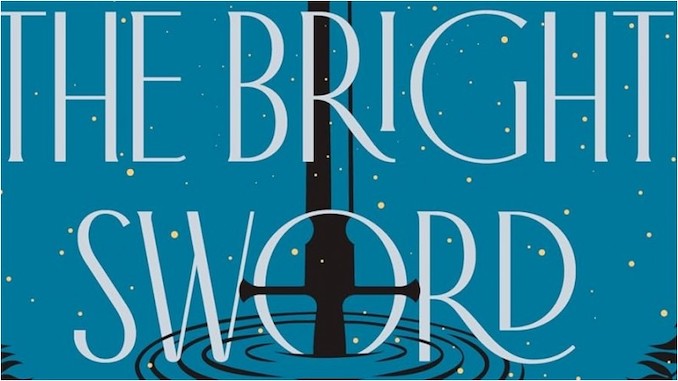
The medieval poem St. Erkenwald takes place in post-Pagan England. St. Augustine converted the pagans and threw out the idols, we’re told, and since then London has been a Christian metropolis. It’s a surprise then when a corpse is unearthed with no name or record, “melted out of memory”, and turns out to be a pagan king. At the heart of St. Paul’s Cathedral a bishop miraculously speaks with the corpse, and what was thought to be dead—the man, and Pagan Britain—once again comes alive.
The Bright Sword is based on a different slice of medieval poetry, the Arthurian romances. Emerging from Latin and Welsh texts, the Arthur legend was rewritten by Chretien de Troyes in the 12th century and has been readapted many times since. Generally, these adaptations follow the king and his group of knights as they travel around Britain and perform miracles. Like Erkenwald, Arthuriana tends to be concerned with Britain’s pagan origins, which are seen as the opposing force to the knights’ Christianity. In other words, Arthur’s triumph over unnatural magic is the story of Britain’s Christianization and the story of that process’s incompleteness.
Lev Grossman’s adaptation of the Arthur legend begins with Collum, a knight-hopeful who is coming down from the North to Camelot to try and join the Round Table. When he arrives, he learns that Arthur and all his closest knights are dead, and the succession has been thrown into chaos. The Bright Sword follows Collum as he joins the Camelot B Team on a quest to find a missing knight and perhaps Arthur himself, who may not be as dead as he seems.
-

-

-

-

-

-

-

-

-

-

-

-

-

-

-

-

-

-

-

-

-

-

-

-

-

-

-

-

-

-

-

-

-

-

-

-

-

-

-

-



